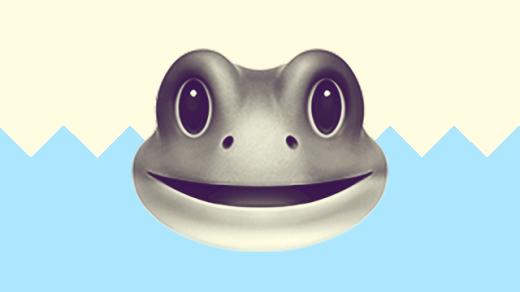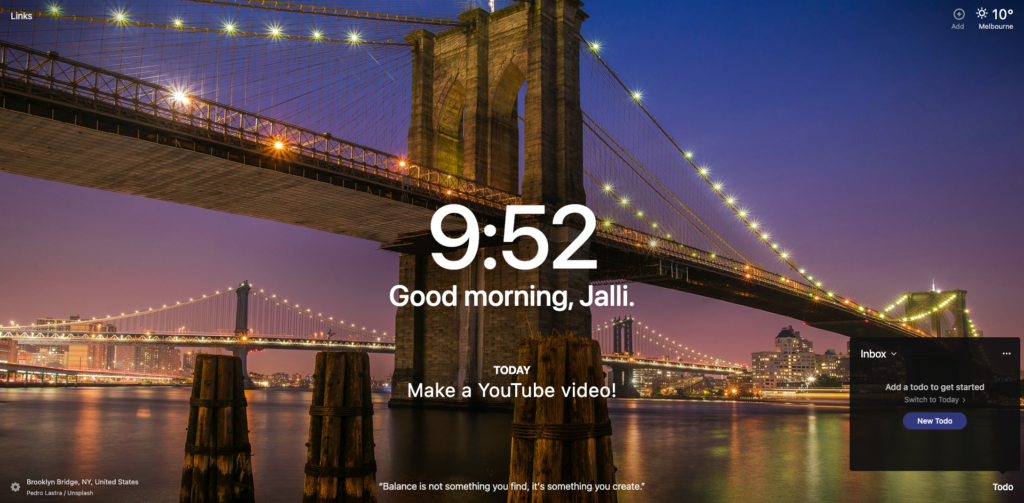Tackle your hardest task first with the “Eat the Frog” productivity method. Learn how to build momentum, reduce stress, and boost focus.

Summary: Eating the frog means tackling your hardest task first to create momentum in your workday. It works because your brain is fresher in the morning, but it can backfire if the task feels overwhelming or if you’re not a morning person. To make it work, break tasks into smaller parts, minimise distractions, and reward yourself after completion. However, if you’re constantly bombarded with urgent tasks, this approach may not be suitable.
What is it?
“Eat the Frog” is a productivity concept based on a quote often attributed to Mark Twain:
“Eat a live frog first thing in the morning, and nothing worse will happen to you the rest of the day.”
Dark, Mark.
…but the concept is golden! It means tackling your most important or difficult task first thing in the day—before distractions and procrastination set in. The “frog” is a task that feels overwhelming, time-consuming, or unpleasant, so getting it done early creates momentum and reduces stress.
It’s a popular strategy for improving focus and efficiency, especially for people who struggle with procrastination.
In this video (7min), I talk it through:
Does it work?
Yeppp. Your brain is fresher in the morning, making it the best time to handle complex work. Delaying a tough task doesn’t make it easier — it just adds stress as it looms over you, like an open tab in your brain. Getting it done early creates momentum and frees up mental space for the rest of the day (or week).
How to do it
- Identify the real “frog” — Not every task is a frog. Pick the one that will have the biggest impact* if completed.
- Prepare ahead of time — Set up everything you need the day before, so there’s no excuse to procrastinate.
- Start with just five minutes — If it feels overwhelming, commit to five minutes. Often, that’s enough to build momentum.
- Limit distractions — Put your phone on Do Not Disturb, close unnecessary tabs, and set a timer to focus.
- Reward yourself — A small reward (like a coffee break or a walk) can reinforce the habit of tackling tough tasks first.
*In a work context, choose something that will move the needly for a performance objective or company goal.
An example frog
Here’s a very meta example for you:
- Identify the frog — my “frog” task today was to write this article!
- Prepare ahead of time — I used GoblinTools to breakdown the task components, and ChatGPT to draft an initial outline
- Start with just five minutes — I dropped the initial outline into a basic text file, then started refining it with my own spin
- Limit distractions — I only ever keep the tabs open that are relevant to my current task or project, although I did go down a rabbit hole (frog hole?) to produce an image in ChatGPT which is unusable!
- Reward yourself — look, we’re not here yet but if I can publish this article in the next few minutes, I’ll have time for some stretches and a cup of tea before daycare pickup… which is a luxurious reward!


The rabbit hole
Sooo while working on this article, I used ChatGPT to help brainstorm an image for “Eat the Frog” and gosh did that go nowhere. Note to self: ChatGPT is great for brainstorming, and terrible at producing high quality imagery.




Pros and cons of the frog approach
Why it works
- Early Momentum: Starting your day with a win can build momentum.
- Reduced Mental Load: Procrastination can be exhausting, so getting the tough task out of the way can clear up mental space.
- Improves Focus: Your brain is fresher in the morning, making it easier to handle complex or difficult work before decision fatigue sets in.
- Prevents Task Avoidance: By making the hard task non-negotiable, you avoid pushing it to the bottom of your list
When it doesn’t
- Energy Mismatch: If your peak productivity time isn’t in the morning, forcing yourself to do the hardest task first might not be efficient.
- Can Lead to Stalling: If the “frog” feels too overwhelming, you might get stuck on it and struggle to move on to other tasks.
- Doesn’t Work for Reactive Workflows: If your job requires responding to urgent tasks throughout the day, rigidly prioritising one big task first might not be realistic.
- Can Drain Motivation: Some people need quick, easy wins to build momentum. If a hard task burns you out first thing, the rest of the day might feel sluggish.
Making it work for you
Tackling your biggest challenge first isn’t fun, but it’s a habit that pays off. Instead of dreading that one big task, get it out of the way and enjoy the momentum that follows.
Pro-tips you might try:
- Chunk it up — Ideally, you want your frog task to be something you can start AND finish within the morning, so if your highest impact task needs longer than that, consider breaking it into smaller parts (and doing just the first part today)
- Select your best focus time — Not a morning person? If you know you’re better at deep focus work in the afternoon or evening, make that your frog-time (and schedule it in your calendar)
- Outsource — Is there any part of the task you can delegate, or automate? Or does it have to be done by you?
- Warm up — If diving straight in feels too abrupt, try knocking over a warm-up task before your frog (but make sure it’s something quick and easy so it doesn’t derail your focus time)
What’s your frog today?
Frogs are just the start. What if your whole workflow ran smoother?
Tackling a tough task first is a smart move—but it’s even more effective when it’s part of a well-organised system.
Need a better way to track and manage your priorities?
The Organised Creative Notion Template gives you a clear, flexible structure to map out tasks, plan your week, and reduce decision fatigue.
EXPLORE THE TEMPLATE →
Feeling stuck in reactive mode?
Book an Operations Review to step back, spot what’s getting in your way, and simplify your day-to-day with systems that actually suit how you work.
BOOK A FREE 15-MIN DISCOVERY CALL →
Because eating the frog is easier when the rest of your plate is in order.